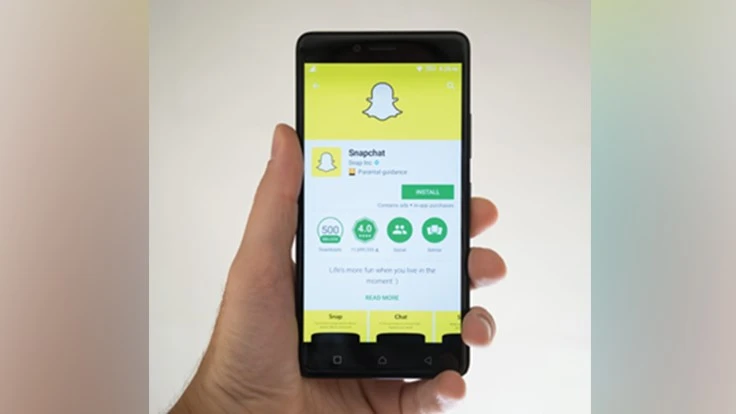
DREAMSTIME.COM

Dark social ... sounds scary, right? The phrase conjures thoughts of ill-advised posts, but the reality is much tamer.
Basically, “dark social” is a term, coined by Alexis C. Madrigal, an editor at The Atlantic, that refers to the social sharing of content through private channels like instant messaging programs, apps and email. This private sharing is harder to track than content shared on public platforms such as Facebook and Twitter, and the fact that it can’t be measured by many web analytics programs does have a scary effect on your marketing strategy.
If you’ve ever copied and pasted a link from your browser and sent it to a friend via email or instant message, you’ve participated in “dark social.”
The good news? Your website’s content may be much more popular than you thought. The sharing that takes place on Facebook and Twitter is really just the tip of the iceberg.

“It’s the activity that happens outside the view of
According to marketing firm RadiumOne, in the past year-and-a-half, dark social shares as a percent of on-site shares jumped from 69 to 84 percent globally.
“Dark social as a trend is only growing in terms of its impact,” Uganec says.
It’s a mobile phenomenon, too. In a study based on the aggregate actions of 940 million unique users, RadiumOne found that 82 percent of all content shared on mobile devices is done through dark social.
There are several main channels by which dark social sharing happens. Messaging apps, like WhatsApp, Facebook Messenger and WeChat are huge ones for mobile. Native mobile apps like Facebook or Instagram are others. Email is the elephant in the
“It’s not a new problem,” Uganec says. “As marketers, this has been part of the challenge to measure the impact of what we’re doing.”
Dark social challenges the traditional ways of measuring social ROI. But there are ways that companies can combat it. Here are some basic steps you can take to ensure your social marketing analytics aren’t missing a huge piece of the puzzle.
Tag social traffic — Use UTM codes to track how visitors to your website got there. These are automatically baked into content shared via sharing buttons. Make sure you are tracking the things you CAN measure.
Unite social data — Integrate social activity with other systems of record such as Salesforce and Marketo. Work with
Stay simple — “Copy Link to Clipboard” on your website mitigates loss to dark social channels. Track with UTM with the parameter “social email.”

Explore the June 2017 Issue
Check out more from this issue and find your next story to read.
Latest from Garden Center
- America in Bloom announces 2026 program launch and celebrates 25 years of growing vibrant communities
- AmericanHort launches HortCred to advance skills development in the green industry
- Oasis Grower Solutions announces new northeast territory sales manager
- Amanda Solliday named senior manager of Sustainabloom
- New McCarthy-Family Flowers Legacy Fund supports multi-generational retail florists
- Monrovia releases new retail program, Landscape Legends, to mark 100th anniversary
- USDA to conduct 2025 Organic Survey
- Save the date for the 78th Santa Barbara International Orchid Show





